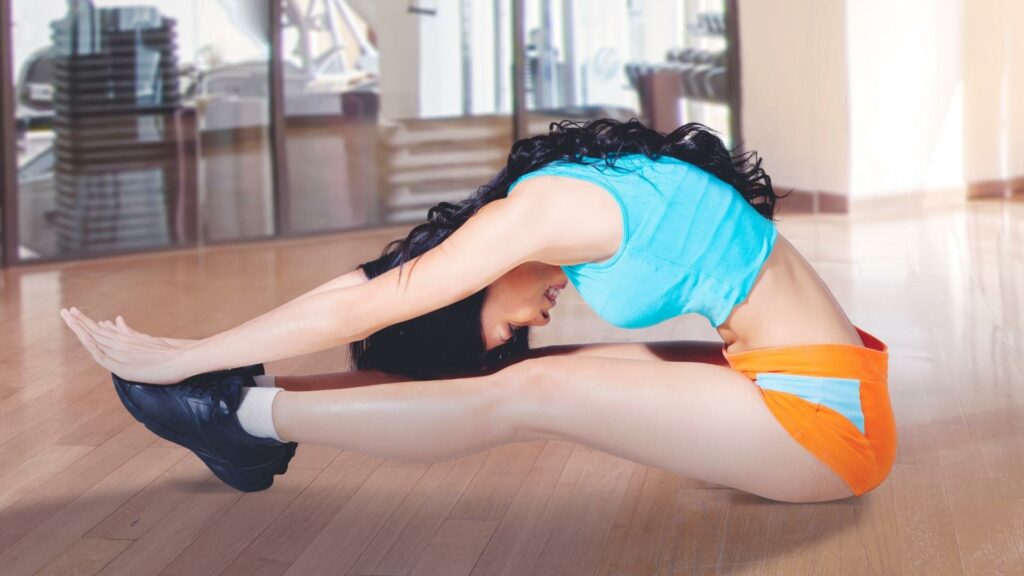
3 Stretches For Lower Back Pain You Must Do Correctly
One of the pillars we talk about in the Back In Shape Program is all about keeping your hips mobile whilst your lower back is more vulnerable. The reason for this is that having the hips stiff and limited in their mobility will mean that your lower back is going to be forced to involve itself more frequently in the movements you carry out on a daily basis. This creates more opportunity for irritation, re-injury and a slow recovery process. With this in mind it’s important that we understand that specific stretches can help keep this at bay.
These stretches are common ones you’ll see all over the internet but understanding nuanced bits of advice and guidance can really help you make additional tweaks to your technique to improve your effectiveness and reduce chances of trouble arising.
Why do stretches make your low back pain worse?
One of the motivations behind this particular video was the phenomenon whereby people become reliant on these exercises in a way that is detrimental. This is to say that repeatedly working on the stretch, for example, a hamstring stretch, in a way that involves the rounding of the lower back is not helpful. It creates an unnecessary flexion stretch – forward bending. This is bad for 2 reasons. Firstly, it fails to effectively target the hamstrings in most cases, quite frankly because the back is doing more of the movement than the hip. The second reason is that the back is doing all the movement, too much movement. See our criticism of exercises like knee hugs and child’s pose. Forward bending of the lower back at this stage in recovery should not be an activity you voluntarily partake in!
The same fundamental truth is there for the other two stretches covered in this video, although with the hip flexor stretch the real consequence is the immediate sharp pain that might result from compressing the facet joints or closing the exit foramina where the nerves exit the spinal column and “pinching” the nerve.
How to make stretches work for your lower back pain
We’re talking specifically about stretches of the hip here still, and with this in mind we must focus on what precisely we are supposed to be stretching – the hip! By learning to distinguish hip movement from lower back movement we can start to have a more targeted method of stretching specific structures, its more clinical. Not only will this help you stretching, learning to do this will help your strengthening progress too as you’re able to more effectively brace certain regions that you do not want to move and focus movement through the areas you do. A hip hinge for example is a perfect movement that forces this requirement.
Make the effect of stretching last longer
We often talk about the limitations of stretching, especially in the early days. Significant reversibility plagues the effectiveness of stretching in those with back pain. It can feel like you’re going round in circles stretching endlessly for less and less reward. This is because for stretching to become helpful you must be providing support, stretching makes everything more floppy and flexible.
Strengthening is the essential component, as you progress through your strengthening, you stretching which begins as a very temporary benefit, will start to show signs of compounding progress. This begins to occur as you pass the point of having significant stabilising strength and are no longer straining and re-injuring your lower back on a daily basis.
You can learn more about how to go about strengthening in the lower back in the Back In Shape Program which will take you through the right process of progressive exercises to build strength alongside relief based stretches and practices too.









Responses